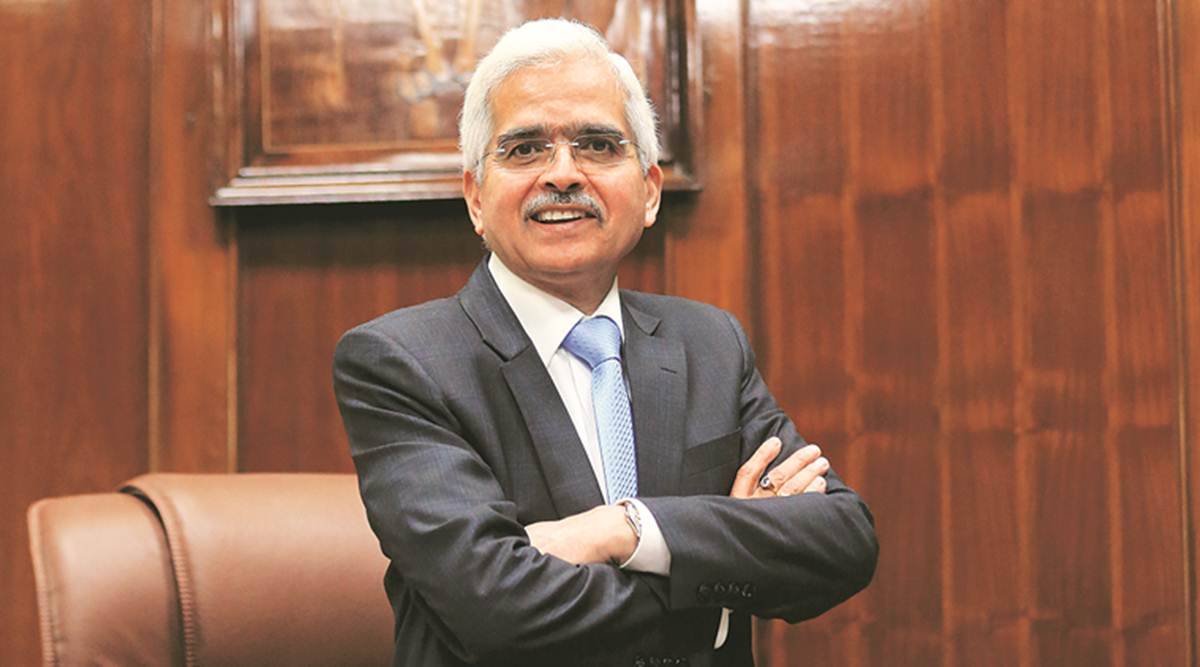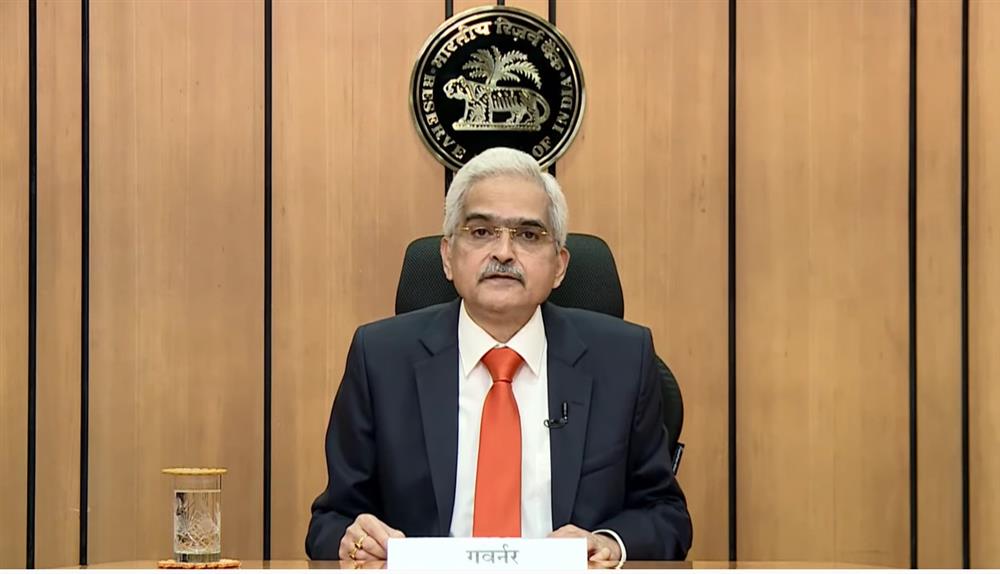Even as media reported that the net financial savings of households plummeted to a five-decade low as per RBI data , the central bank’s deputy governor Michael Patra on Friday said the quarterly numbers showed an upward movement towards the historical trend.
Patra also said that households are shifting from financial savings to physical savings.
The absolute level of savings has gone up to 14% year-on-year and increased from 4.2% in Q1 of FY23 to 7% in Q4.
“Historical average (for household saving) is about 7.5% of the GDP. In 2023, the absolute level of savings rose by 14% (year-on-year). The financial liabilities of households, which has seen an increase, has been directed mostly towards housing. Households are shifting from financial saving to physical savings. When they make this shift, they contribute to investment; the physical part of savings goes directly into investment. So, in the next year, you will observe an uptick in investment,” Patra said.
Net financial savings of Indian households had climbed to 11.5% of GDP during the pandemic-hit year of 2020-21 but has been sliding since then. In 2022-23, it fell to a 50-year low of 5.1% of GDP, down from 7.2% the previous year, according to the RBI’s monthly bulletin released last month.
“We saw in the pandemic that because people couldn’t go out due to restrictions, they built up precautionary savings. As these movement restrictions were removed, people started to spend and drew down these precautionary savings. That is some of the phenomena you are seeing now," Patra said.
Despite the 14% increase in financial assets that Patra referred to, net financial assets declined due to a whopping 75.5% rise in financial liabilities of the households. Net financial assets are the difference between financial assets and financial liabilities.
Though there has been a 14% rise in financial assets as Patra said, net assets held by households declined from a value of Rs 22.8 lakh crore in FY21 to Rs 16.96 lakh crore in FY22 and further to Rs 13.76 lakh crore in FY23.
The annual financial liabilities of households rose to 5.8% of GDP in FY23 versus 3.8% in FY22.
Household debt, as measured by the stock of financial liabilities, stood at 37.6% of GDP in FY23 compared to 36.9% in FY22.
Net financial assets are the difference between financial assets and financial liabilities. Household liabilities include loans from banks and non-banking financial companies, among others, while assets include bank deposits, investments in financial institutions, life insurance, provident funds, currency and other investments.
Refuting concerns that high inflation and low wage growth were eating into household savings, the finance ministry last week said that households added financial assets by a lesser magnitude than in the previous years because they have now started taking loans to buy real assets such as homes.
“Personal loans given by banks have several components. Key among them are real estate loans and vehicle loans...These two constitute 62% of the overall personal loans by the banking sector," the ministry said.







